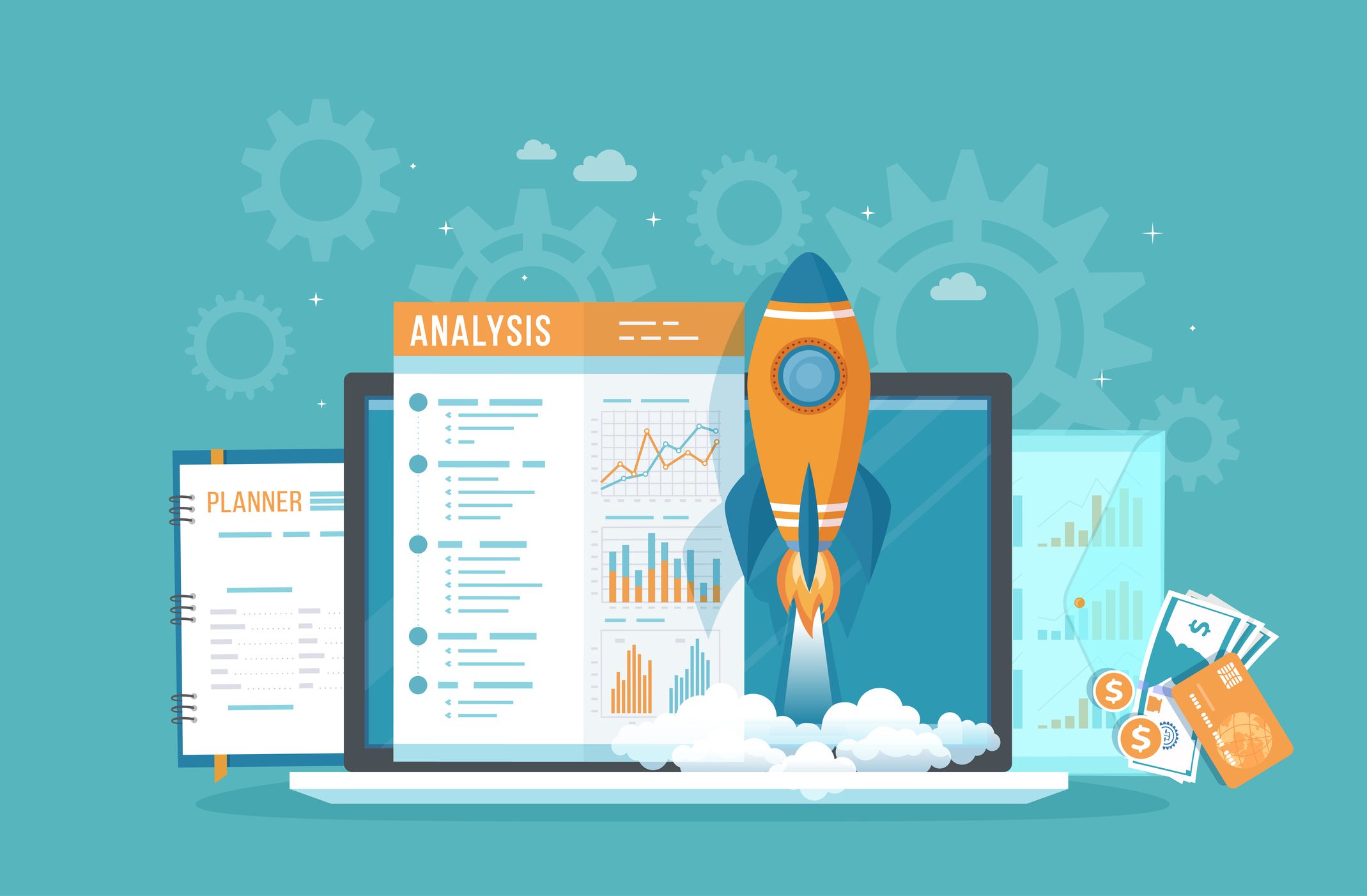Having a great website is essential for businesses to succeed. It's often the first point of contact for potential customers, making it crucial to make a positive first impression. However, many websites fall short of the mark, leaving visitors unimpressed and moving on to competitors.
Assessing Your Current Website
Assessing your website is the first step towards improving it. By evaluating your website's design, functionality, and user experience, you can identify areas that need improvement. Below are some key factors to consider when assessing your website:
- Design: Is your website visually appealing and consistent with your brand identity?
- Functionality: Are all the links and buttons working correctly? Is your website easy to navigate?
- User Experience: Is your website easy to use? Does it load quickly? Is it mobile-friendly?
Some common website issues may arise that can negatively impact user experience and overall website performance. It is important to identify and address these issues promptly to ensure that your website is functioning optimally.
Slow loading times
Slow loading times are important to address because they can significantly impact the user experience of your website visitors. Studies have shown that the majority of people will abandon a website if it takes more than a few seconds to load. In addition, search engines like Google take loading times into consideration when ranking websites, so slow loading times can also negatively impact your SEO.
By addressing slow loading times through various optimization techniques such as image compression, caching, and minifying code, you can improve the overall user experience and increase the likelihood of visitors staying on your site.
Broken links
Broken links refer to hyperlinks that no longer lead to their intended destination or result in a 404 error page. This can frustrate website visitors and negatively impact their user experience. Additionally, broken links can harm a website's search engine optimization (SEO) efforts since search engines view them as a sign of poor website maintenance.
Fixing broken links can improve the user experience and SEO, helping to drive more traffic to a website.
Poor navigation
Poor navigation refers to the difficulty users face in locating the desired information on a website due to a lack of clear organization or confusing menus. Good navigation is important because it helps users quickly and easily find what they are looking for, leading to a better user experience.
If a website has poor navigation, it can result in frustration and confusion for users, ultimately leading them to abandon the website and seek the information elsewhere. This can also negatively impact the website's bounce rate and search engine rankings. Therefore, improving navigation is crucial to creating a user-friendly website that is easy to navigate and provides a positive user experience.
Outdated design
Having an outdated design can impact a website's credibility and user engagement. A visually unappealing website may discourage users from exploring further or cause them to lose trust in the website's legitimacy. Additionally, an outdated design may not be optimized for modern devices and may not provide a seamless user experience.
By updating the design, a website can improve its overall user engagement and help visitors find what they are looking for quickly and easily.
Setting Goals for Your Website Transformation
When transforming your website from average to amazing, it's crucial to set specific goals to guide the process. Below are some reasons why setting goals is important:
- Helps you stay focused: By setting goals, you can identify what you want to achieve and what steps you need to take to get there.
- Measures success: Goals help you track progress and measure success. Without them, it's difficult to know whether your efforts are paying off.
Some common website goals to consider:
- Increasing traffic: If your website isn't getting enough traffic, you may need to focus on improving your search engine optimization (SEO), creating more valuable content, and promoting your site through social media and other channels.
- Improving conversions: If you're not getting enough leads or sales, you may need to optimize your website's design, user experience, and content to encourage visitors to take action.
- Enhancing user experience: If your website is difficult to navigate or not user-friendly, you may need to focus on improving the design, layout, and functionality to create a better experience for your visitors.
Before you begin the transformation process, take some time to assess your current website and identify areas that need improvement. This will help you set goals that are specific and achievable.
Updating Your Website Design
Your website's design plays a crucial role in your online presence. A clean and modern design not only enhances the visual appeal but also improves the user experience, which ultimately leads to more engagement. To achieve this, you should prioritize modern design trends while ensuring responsive design for accessibility on mobile devices.
Additionally, incorporating high-quality images and intuitive navigation can help to create an engaging website that represents your brand effectively. By updating your website's design, you can improve your brand image and attract more visitors to your site.
- Prioritize a clean and modern design
- Implement current design trends such
- Optimize for responsive design to ensure your site is easily accessible on mobile devices
- Use high-quality images and graphics to enhance the visual appeal of your website
- Focus on user experience by using intuitive navigation and easy-to-read layouts.
Enhancing Website Functionality
Enhancing your website's functionality can greatly improve the user experience and increase engagement. Here are some ways to do so:
- Chatbots: Implementing a chatbot can provide instant assistance to website visitors, improving customer service and increasing conversions.
- Personalized Content: By tailoring content to the individual user, you can create a more engaging experience that keeps them on your site longer.
- Social Media Integration: Integrating social media into your website can increase brand awareness and encourage sharing of your content.
- Optimization: Ensuring your website is optimized for speed and performance can improve the user experience and boost your search engine rankings.
Improving SEO and Content Strategy
Improving your website's traffic and conversions is highly dependent on effective Search Engine Optimization (SEO) and Content Strategy. Consider the following tips when optimizing your website's content:
- Conduct thorough keyword research to identify relevant, high-traffic keywords for your industry
- Optimize website content with relevant keywords and meta tags
- Ensure website content is high-quality, engaging, and offers value to the user
- Implement a strong content strategy with a focus on creating original and informative content
- Use social media and other channels to promote content and drive traffic to your website
- Track website metrics such as traffic, bounce rates, and click-through rates to measure the effectiveness of your content strategy
By assessing your current website, setting specific goals, updating your design, enhancing functionality, and improving your SEO and content strategy, you can transform your website from average to amazing.




